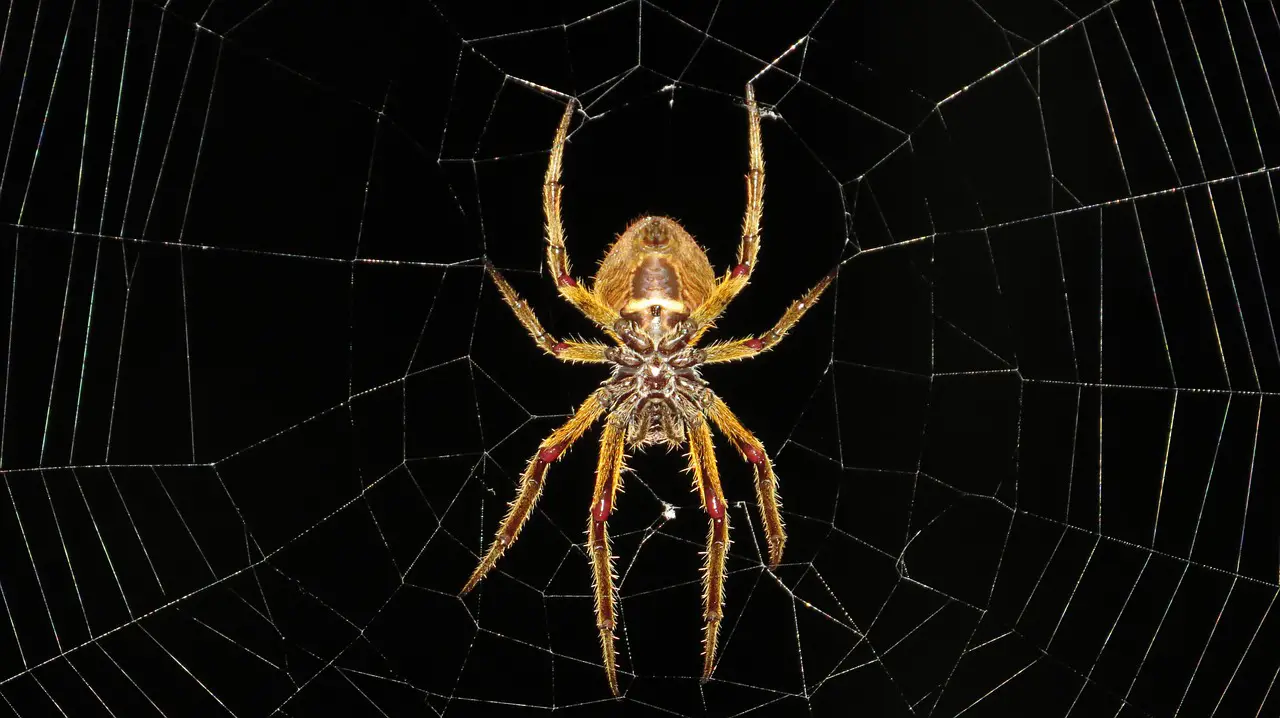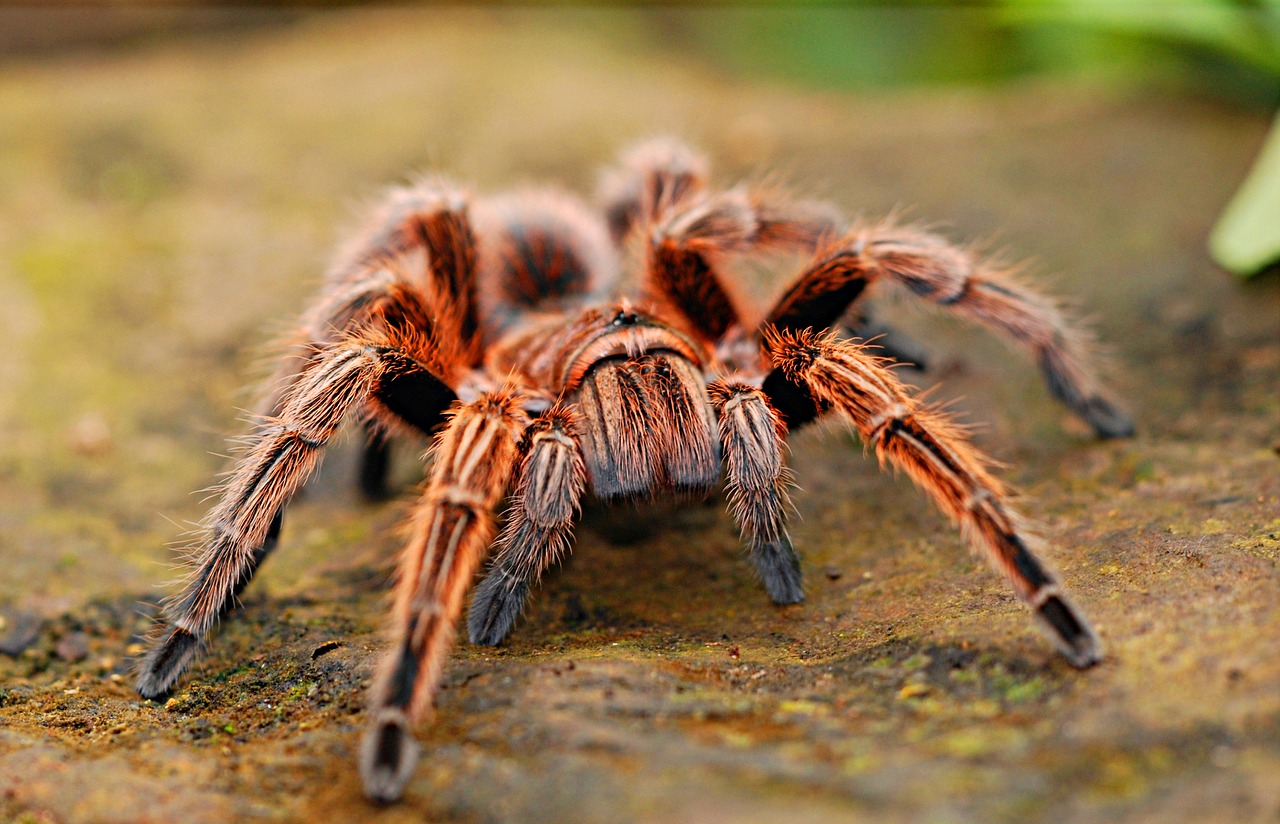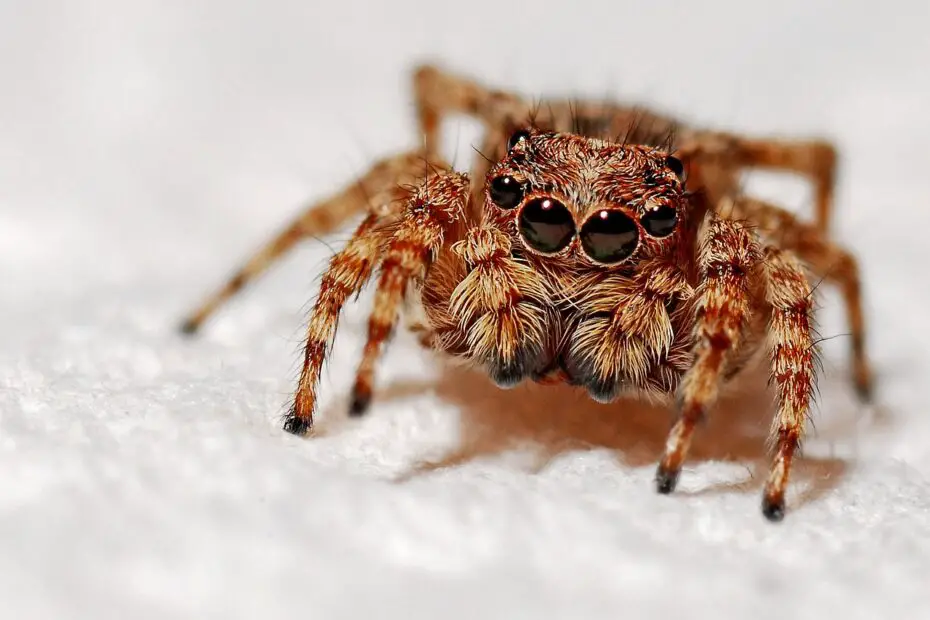Spiders, with their intricate webs and mysterious behavior, have long captured human curiosity. As we marvel at these arachnids’ delicate structures and hunting techniques, one question often arises: Do spiders have tongues? In this article, we will delve into the fascinating world of spider anatomy and sensory perception to uncover the truth behind their feeding mechanisms and whether tongues play a role in their culinary pursuits.
You may also want to read about the top 7 biggest spider species.
The Mouthparts of Spiders
Before we delve into the presence or absence of tongues in spiders, let’s explore their unique mouthparts. Unlike mammals, spiders do not possess traditional tongues. Instead, they have specialized structures that enable them to feed on their prey efficiently.

Silk and Sensory Perception
Spider silk is renowned for its strength and versatility. Beyond building webs, spiders utilize silk threads to aid in their sensory perception. These threads act as “tripwires,” helping spiders detect vibrations caused by nearby movement, including potential prey.
Feeding Mechanism of Spiders
When it comes to feeding, spiders do not use tongues to ingest their meals. Their feeding process is quite different from that of mammals. Instead, they rely on a combination of sharp mouthparts and venom to immobilize and consume their prey.
Venom and Predation
Venom plays a crucial role in spider predation. Spiders inject venom into their prey through their mouthparts, immobilizing or killing them before the consumption begins. The venom also assists in breaking down the prey’s tissues, making it easier for spiders to digest their meal.
Sensory Organs in Spiders
Spiders possess a remarkable array of sensory organs, which contribute to their successful hunting and survival. These sensory adaptations enable them to perceive their environment and detect potential threats or opportunities for food.
Palps: Spider’s Tasting Organs
If spiders lack tongues, how do they taste their food? Enter spider palps, the structures responsible for tasting and assessing potential prey. These sensitive appendages provide vital information about the prey’s suitability as food.
Web-Building Spiders and Feeding
Web-building spiders employ a unique feeding strategy. They use their silk to construct intricate webs designed to ensnare unsuspecting insects. Once trapped, the spiders rush to immobilize their prey and deliver venom before beginning the feeding process.
Hunting Spiders and Feeding
In contrast to web-building spiders, hunting spiders actively pursue their prey. These agile hunters use their sensory organs to detect prey movement and pounce on their targets with speed and precision.

Special Cases: Filter-Feeding Spiders
Filter-feeding spiders are an intriguing group with a distinctive feeding mechanism. These spiders extract nutrients from their environment by filtering particles from the water or air.
Spider Diversity and Dietary Adaptations
Spiders exhibit incredible dietary diversity. Some species are generalist predators, while others are specialized hunters. Their feeding adaptations have allowed them to occupy a wide range of ecological niches.
Spider Feeding Behavior in Captivity
For those who keep spiders as pets, understanding their feeding behavior is essential. Providing appropriate nutrition and observing their natural hunting behaviors are crucial aspects of spider care.
Human Interactions and Spider Feeding
Misconceptions about spiders often lead to fear and misunderstanding. However, spiders play a crucial role in the ecosystem by controlling insect populations, which benefits humans in various ways.
Spider Feeding in Ecological Context
Beyond their remarkable hunting techniques, spiders contribute significantly to ecological balance. As predators, they help regulate insect populations and maintain a healthy ecosystem.
Conclusion
In the fascinating world of spiders, tongues are conspicuously absent. However, this absence does not hinder these remarkable arachnids in their quest for food. Through specialized mouthparts, sensory organs, and venomous abilities, spiders have evolved to become efficient and successful predators. As we continue to marvel at these unique creatures, let us appreciate the incredible adaptations that make spiders truly remarkable predators.
FAQs:
1. Do spiders have tongues to eat?
- No, spiders do not have tongues. Instead, they use specialized mouthparts and venom to consume their prey.
2. How do spiders taste their food?
- Spiders use their palps, sensory structures near their mouth, to taste and assess their food before consuming it.
3. Do all spiders build webs to catch prey?
- No, not all spiders build webs to catch prey. Some spiders are active hunters and do not rely on webs for capturing food.
4. Are spiders beneficial to humans?
- Yes, spiders are beneficial to humans as they help control insect populations, reducing the presence of pests.
5. How do spider adaptations contribute to ecosystem balance?
- Spiders’ adaptations, such as their hunting techniques and predation on insects, play a vital role in regulating prey populations and maintaining a healthy ecosystem.
